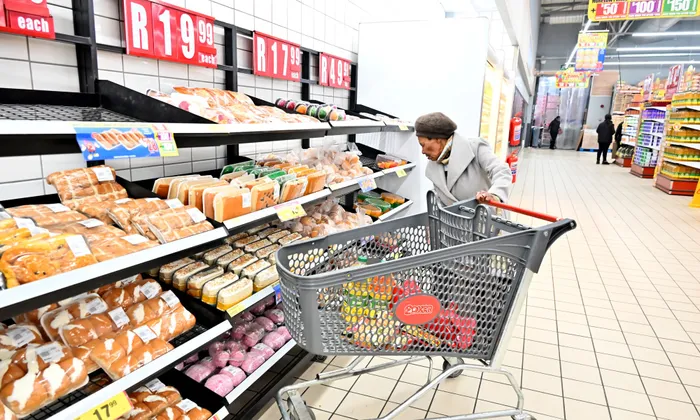Producer prices rise slightly in September, but experts say no cause for concern
INFLATION

Producer Price Index (PPI) released for September released by Stats SA on Thursday indicated a slight increase from 2,1% in August to 2,3% in September
Image: Ayanda Ndamane / Independent Newspapers
South Africa’s producer price inflation (PPI) for final manufactured goods edged slightly higher in September, rising to 2.3% year-on-year from 2.1% in August, according to data released by Statistics South Africa (Stats SA) on Thursday.
Economists say the marginal increase is not a sign of inflationary pressure and remains comfortably below the consumer inflation rate.
Stats SA said the PPI eased 0.1% month-on-month, with the main positive contributors to the annual inflation rate being food products, beverages and tobacco, which rose 3.8%.
The main drag on the monthly rate came from coke, petroleum, chemical, rubber and plastic products, which fell 0.6%.
Stats SA also noted a strong increase in intermediate manufactured goods, which rose 7.6% year-on-year, up from 6.5% in August, while mining PPI jumped to 16% from 8.5% in the previous month.
By contrast, agriculture, forestry and fishing registered a decline of -1.1%, reversing the 3% annual rise seen in August.
Tracey-Lee Solomon, an economist at the Bureau for Economic Research (BER), said the uptick in annual PPI was largely due to base effects in the petroleum and coke categories.
“Over the last year, this category has been heavily deflationary and has helped lower PPI. Although we still saw a monthly decline, the annual decrease was smaller than in August," Solomon said.
"This means that petroleum was less of a drag on PPI than in previous months. On a monthly basis, headline PPI fell by 0.1% in September, aided by a 0.3% decline in the food category.”
According to Nedbank economist Johannes Khosa, the September outcome represented the highest PPI level since August 2024 (2.8%), though it remained below both their and the market’s forecasts.
“The outcome was below ours and the market forecast. Food inflation eased, although it remained the largest contributor, while the continued decline in fuel prices helped to contain the rise,” said Khosa.
Independent economist Professor Bonke Dumisa agreed, saying that PPI remains comfortably lower than consumer inflation, currently at 3.4%.
“The slight increase in the PPI is due to the continued slightly higher increases in manufacturing and mining costs and continued higher food and beverage costs,” Dumisa said.
Efficient Group chief economist, Dawie Roodt, described the increase as “broad-based but still very low.
"The single most significant contribution was from certain food products and beverages and tobacco products. So that is the category that contributed most to the increase in the PPI," Roodt said.
"More importantly, however, is what economists call the so-called base reason. So a year ago, typically the inflation rate or the PPI rate was much, much lower. So the mere fact that it was much lower a year ago provided a relatively low base. From that, the rate of increase will simply accelerate.”
Professor Waldo Krugell, an economist at North-West University, said the modest rise offers no cause for alarm.
“Month on month, it's almost flat. So this is not a picture of inflationary pressure at all. The drivers for final manufactured goods at the factory gate were food and beverages," Krugell said.
"I suspect that meat is a big part of that. And then on the intermediate products, it's basic and manufactured metal products. So these are not big concerns, in terms of the overall inflation picture and the carry-through to consumer prices at the end.”
BUSINESS REPORT